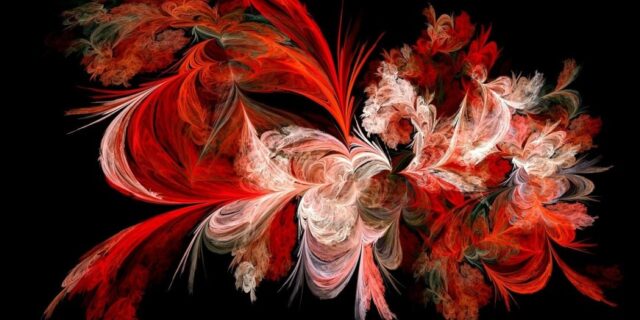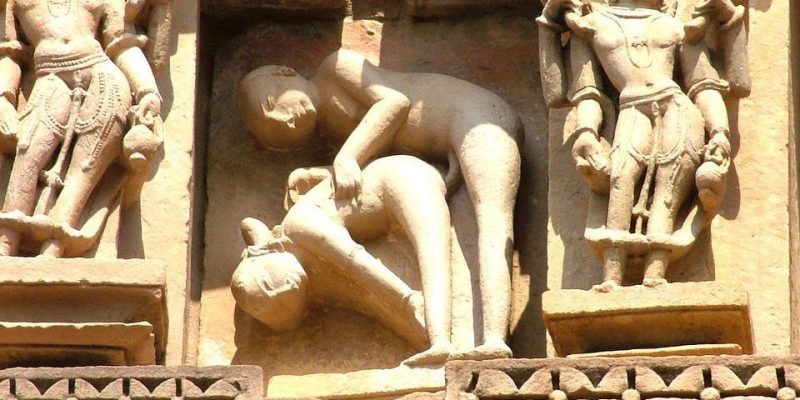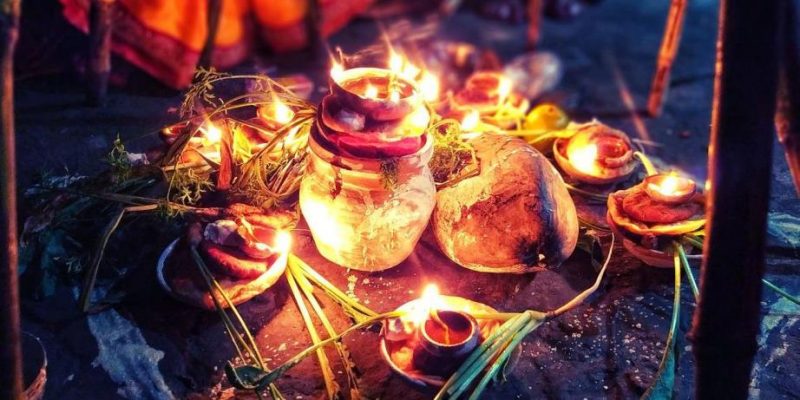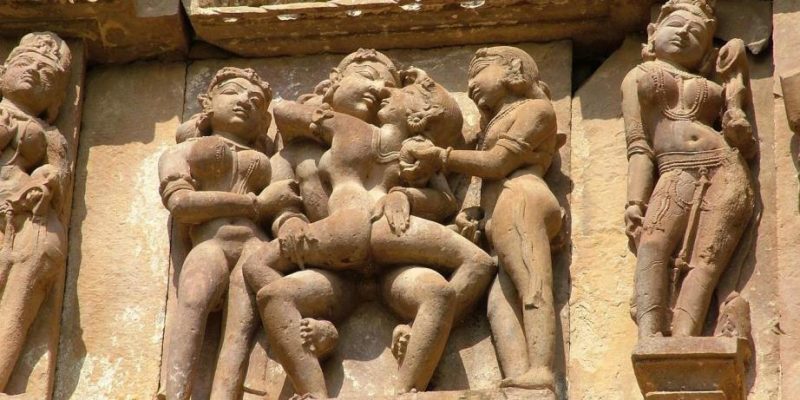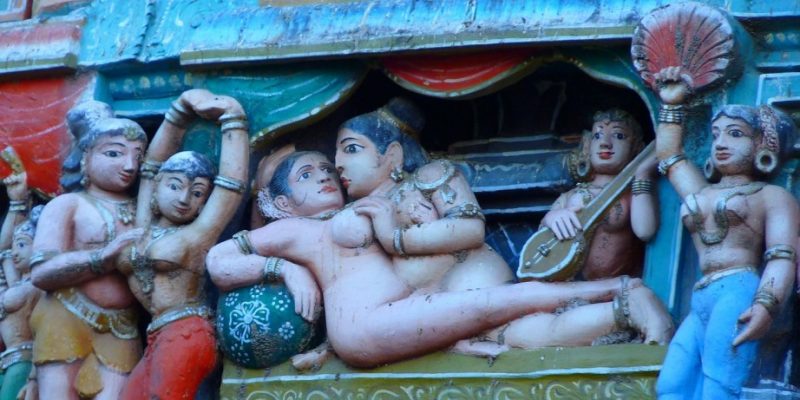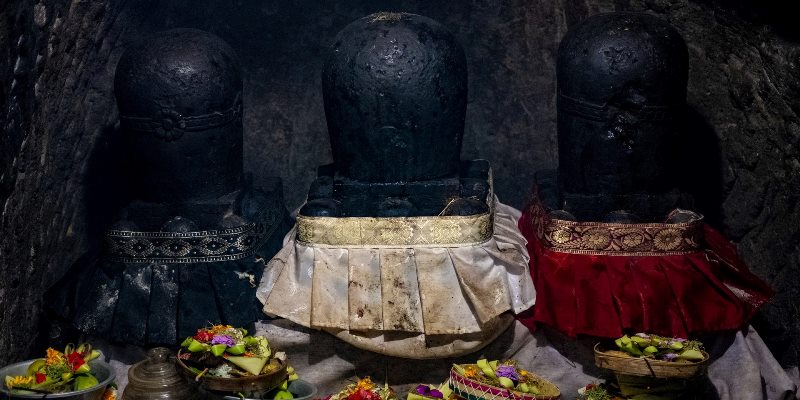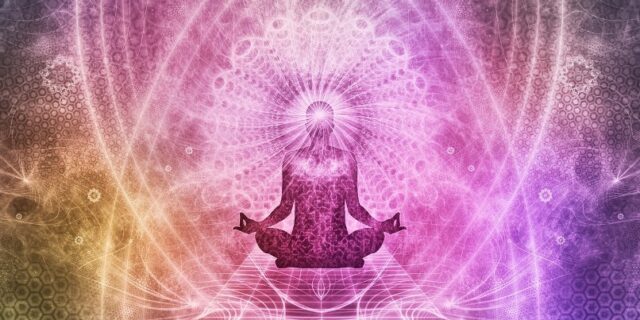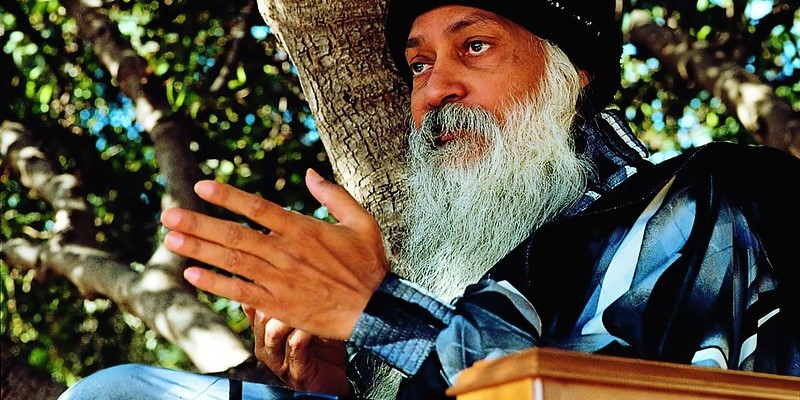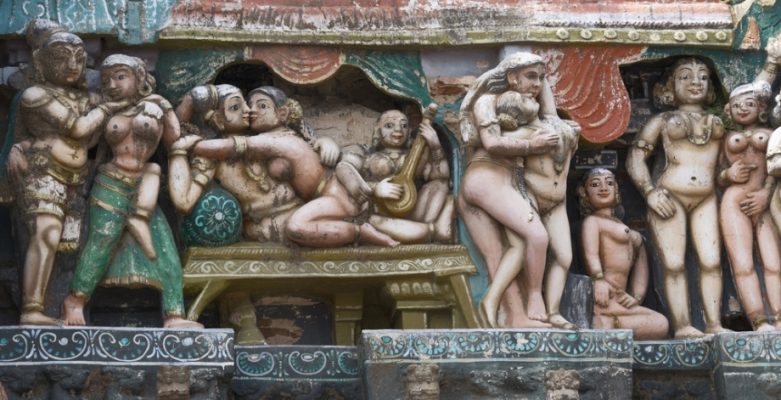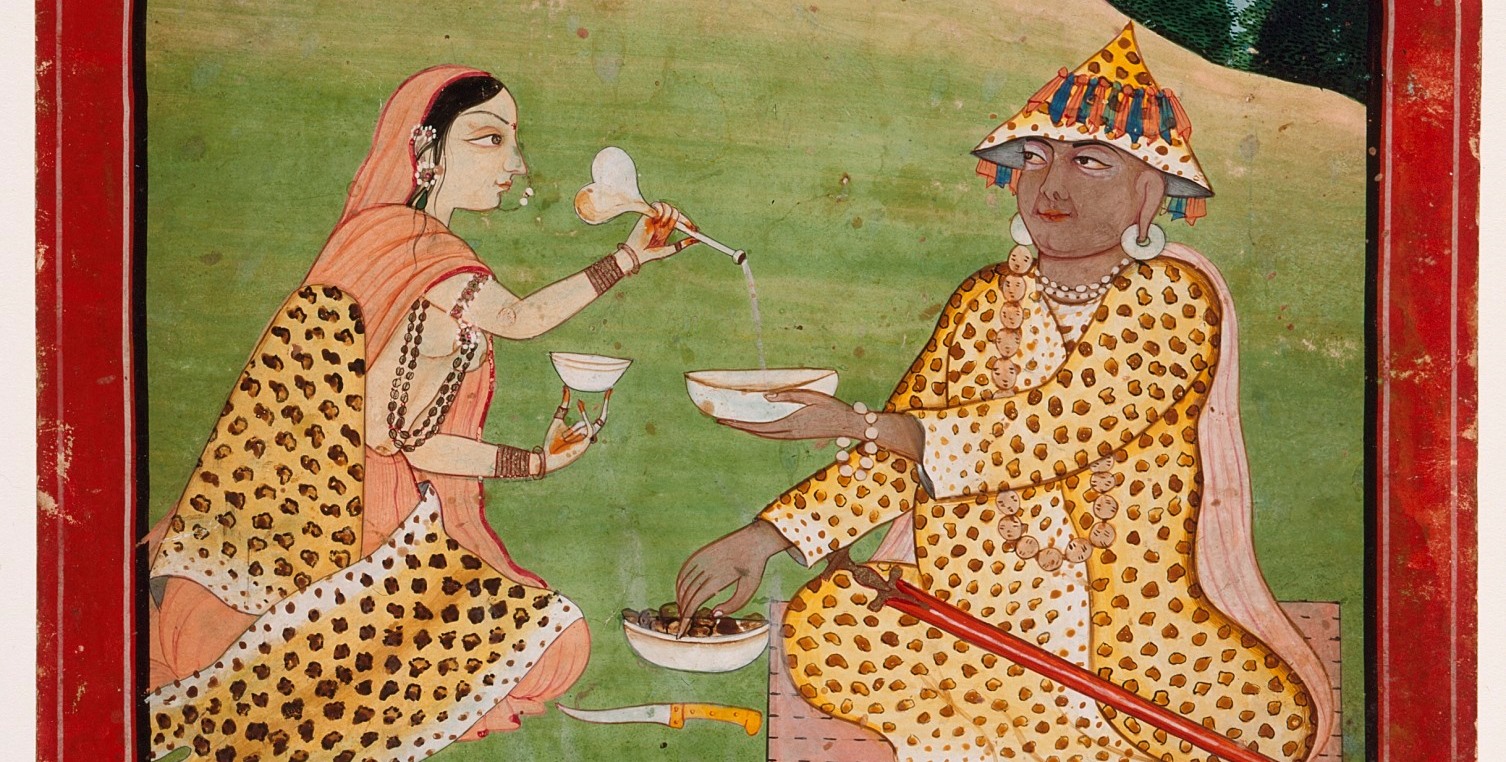
The Ganachakra (Gana-Chakra, Ganacakra, or Gana Chakra Puja) is a traditional “gathering circle” i.e. sangha or assembly of Tantric practitioners meeting together at a sacred space — commonly delimited by geometrically drawn patterns and designs — to hold a spiritual feast that involves various specific activities and practices.
Traditionally, the gatherings would by held at night-time, preferably outdoors, and not seldom in a cremation ground, or other sinister or “unethical” location.
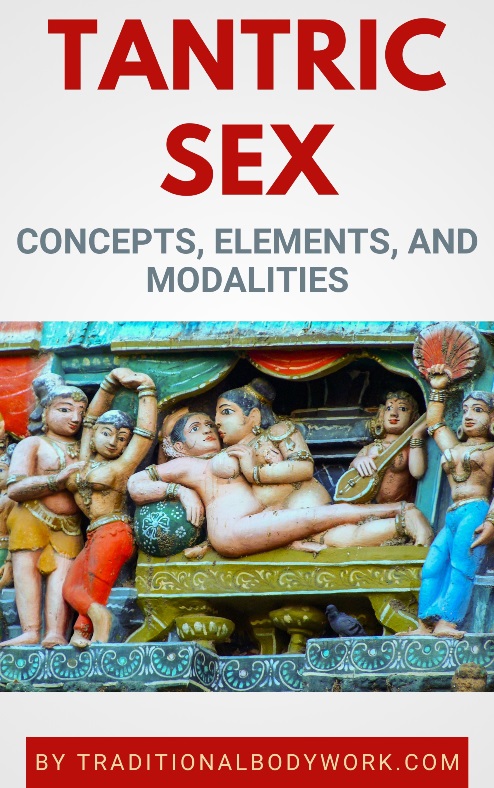
The feast would, for instance, include Mantra chanting, carrying out Mudras, the use of Mandalas and visualizations, offerings to Deities, playing music, singing, dancing, trance ceremonies, magic, eating and drinking of — in medieval India (6th – 16th century CE) — forbidden foods and drinks such as meat, fish, and alcoholic beverages, having Tantric Sex (Sexual Yoga) either literally or symbolically, among other Tantric rituals.
The Ganachakra feast is still carried out today in some sects of Hinduism, and in Tibetan indigenous and Tantric-Buddhist religions (in Tibet it’s usually called Tsok), but often not any longer actually including sexual intercourse or other explicit sexual activities.
In fact, an important part of these Tantric feasts was that they would ritually carry out the five taboo-breaking Panchamakara activities, that is, Madya (drinking wine i.e. alcohol), Mamsa (eating meat), Matsya (eating fish), Mudra (eating battered grains), and Maithuna (having ritual sex for spiritual purposes).
Mind that the Ganachakra is essentially a spiritual practice — one that deliberately defies the social status quo — with an aim of inducing non-ordinary states of consciousness and awakening of the Kundalini Energy to make it rise along the Sushumna Nadi, flowing from the Root Chakra (Muladhara Chakra) to the Crown Chakra (Sahasrara Chakra) in order to attain Divine Shiva-Shakti Union and Spiritual Enlightenment.







